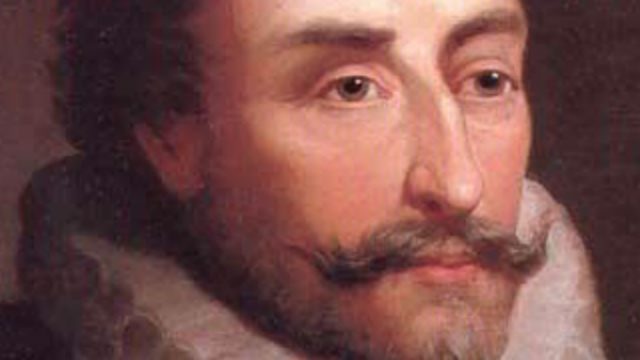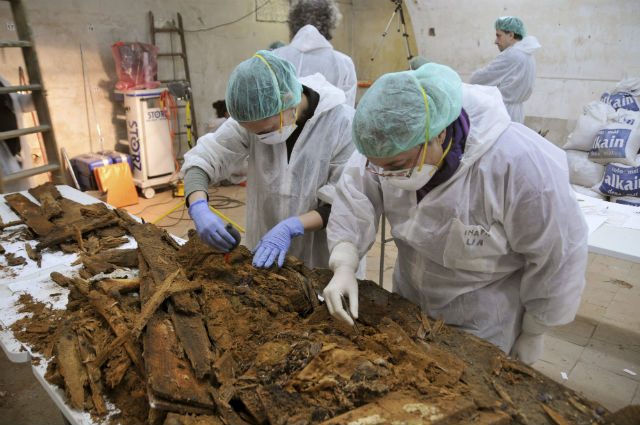SUMMARY
This is AI generated summarization, which may have errors. For context, always refer to the full article.

MADRID, Spain – Spain on Tuesday, March 10 unearthed the apparent remains of Spanish literary giant Miguel de Cervantes in a Madrid convent almost 400 years after his death.
Forensic anthropologist Francisco Etxebarria said that after a year-long search his team had positively identified in an alcove in a convent crypt “some fragments” of the Don Quixote author who died in 1616 a week after William Shakespeare.
Though there is no genetic proof of the find at this stage, Etxebarria’s team of anthropologists and archaeologists said they were confident of the claim on the basis of the documentary research they carried out.
“After analyzing all the information… it is possible to consider that amid the fragments of the ‘reduction’ discovered in the ground of the crypt of the current church of the Trinitarians are some fragments belonging to Miguel de Cervantes,” Etxebarria said.

In January the team announced the discovery of part of a casket at Madrid’s Convent of the Barefoot Trinitarians during excavations aimed at solving the mystery of the writer’s final resting place.
Cervantes is recorded as having been buried at the convent’s chapel in the centre of the Spanish capital a day after his death on April 22, 1616, but the exact whereabouts of his grave were unknown.
Etxebarria’s team launched in April 2014 what is the first significant search for the remains of the greatest writer of the Spanish Golden Age.
Using infrared cameras, 3D scanners and ground-penetrating radar, they identified 33 alcoves where bones could be stored.
Born near Madrid in 1547, Cervantes has been dubbed the father of the modern novel for The Ingenious Gentleman Don Quixote of La Mancha, published in two parts in 1605 and 1615.
His influence on the Spanish language has been so great that the language is often referred to as “the language of Cervantes”.
Cervantes was shot twice in the chest and once in his left hand during a 1571 naval conflict, the Battle of Lepanto, in which the Holy League led by Spain defeated the Ottoman fleet. His bones would still show signs of the injury. – Rappler.com
Add a comment
How does this make you feel?
There are no comments yet. Add your comment to start the conversation.